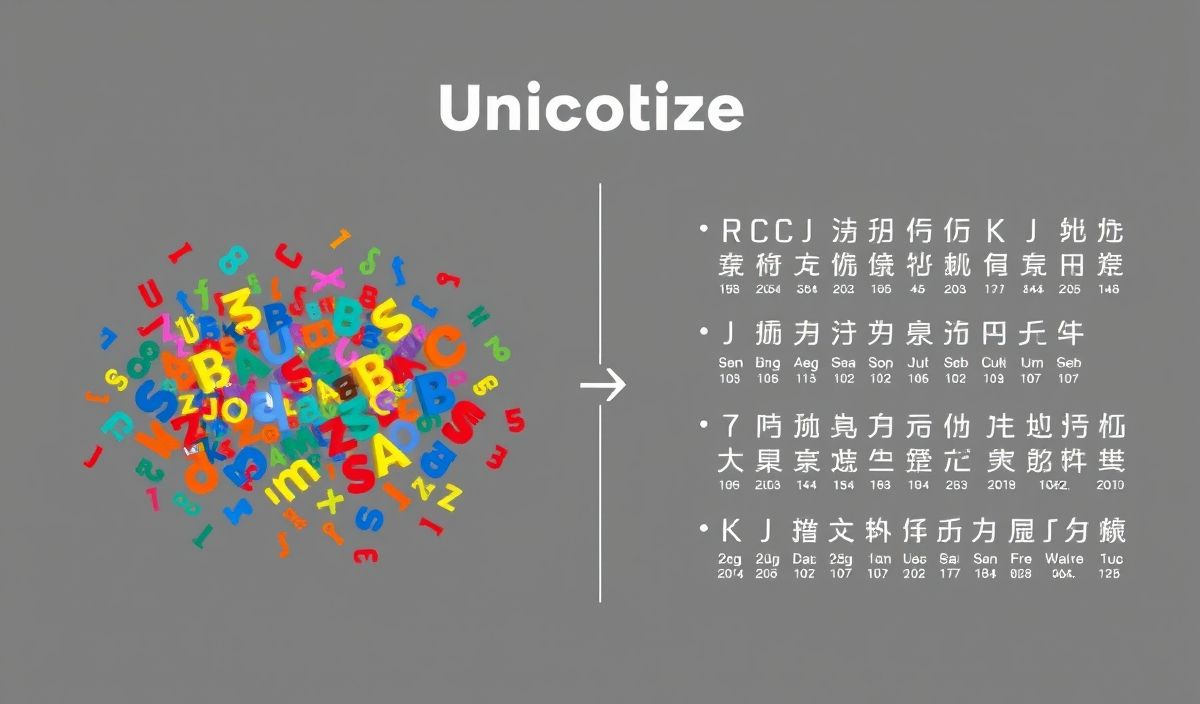Introduction to OAuth2 Server
OAuth2 is an industry-standard protocol for authorization that enables third-party applications to obtain limited access to user accounts. OAuth2 provides authorization flows for web and desktop applications, as well as mobile devices. In this article, we will explore the implementation details of an OAuth2 server, dozens of useful API endpoints with code snippets, and an example application using these APIs.
Setting Up OAuth2 Server
Before diving into the APIs, let’s set up an OAuth2 server. We’ll use Node.js with the popular library ‘oauth2-server’.
const express = require('express');
const OAuth2Server = require('oauth2-server');
const app = express();
const oauth = new OAuth2Server({
model: require('./model'), // Model definition
accessTokenLifetime: 3600,
allowBearerTokensInQueryString: true,
});
app.use(express.json());
app.use(express.urlencoded({ extended: false }));
app.post('/oauth/token', (req, res, next) => {
const request = new OAuth2Server.Request(req);
const response = new OAuth2Server.Response(res);
oauth
.token(request, response)
.then(token => {
res.json(token);
})
.catch(err => {
res.status(err.code || 500).json(err);
});
});
app.listen(3000, () => {
console.log('OAuth2 server is running on port 3000');
});
OAuth2 API Endpoints
Obtaining an Access Token
Clients need to obtain an access token to make authorized requests to the API.
POST /oauth/token Headers: Content-Type: application/x-www-form-urlencoded Body: grant_type=client_credentials&client_id=CLIENT_ID&client_secret=CLIENT_SECRET
Requesting Protected Resources
Access protected resources using the access token.
GET /resource Headers: Authorization: Bearer ACCESS_TOKEN
Refreshing an Access Token
Clients can refresh the access token by providing a refresh token.
POST /oauth/token Headers: Content-Type: application/x-www-form-urlencoded Body: grant_type=refresh_token&refresh_token=REFRESH_TOKEN&client_id=CLIENT_ID&client_secret=CLIENT_SECRET
Revoking a Token
Clients can revoke a previously issued token.
POST /oauth/revoke Headers: Content-Type: application/x-www-form-urlencoded Body: token=TOKEN
Example Application
Here is an example of an application that uses the OAuth2 server to access protected resources.
const axios = require('axios');
async function authenticate() {
const response = await axios.post('http://localhost:3000/oauth/token', {
grant_type: 'client_credentials',
client_id: 'CLIENT_ID',
client_secret: 'CLIENT_SECRET'
});
return response.data.access_token;
}
async function getResource(token) {
const response = await axios.get('http://localhost:3000/resource', {
headers: {
Authorization: \`Bearer \${token}\`
}
});
return response.data;
}
async function main() {
const token = await authenticate();
const resource = await getResource(token);
console.log('Protected Resource:', resource);
}
main().catch(console.error);
By following the steps in this guide, you can set up an OAuth2 server and implement secure API authentication in your applications.
Hash: b8d0dca77a5820a05e5737ad322068366833d3d9df12221a05e56336fe9bd66e




